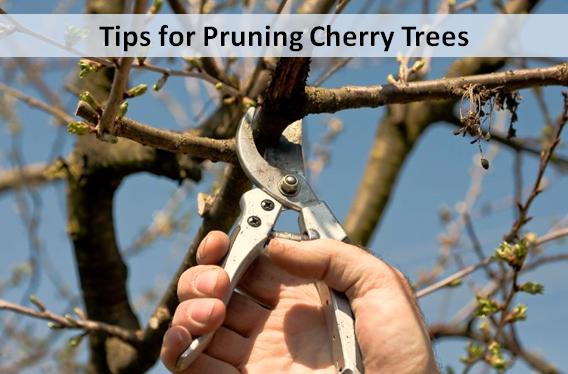

However, when it comes to pruning cherry trees, pruning times may differ slightly depending on the type of cherry tree and whether it is a juvenile or mature tree.

Heavy winter pruning also prepares fruit trees for new growth ahead of the spring season. This makes it easier, by default, to navigate pruning. This is because many fruit tree varieties lose their foliage during this time, and it’s much easier to see where there is an overgrowth, damage, or a spread of disease. Generally speaking, fruit trees should be pruned in winter when they are dormant.

Instead, these methods stimulate growth and better equip them for future fruit production. Pruning and shaping also prevent cherry trees from expending unnecessary energy during their dormant season. Furthermore, getting rid of dead, damaged, or diseased branches will allow for new development to take place. Trimming your cherry tree will give it a better chance of fending off pests and diseases. When setting about pruning cherry trees, the goal is to open them up for air circulation and beneficial access to sunlight. A well-pruned tree will not only be aesthetically pleasing but will also yield a more robust and accessible harvest. The main reason we prune cherry trees, or any fruit trees for that matter, is to keep them as healthy as possible. Knowing how to prune cherry trees will help you reap the maximum harvest of healthy, ripe cherries each year. While this might seem like a daunting task, there are a few easy guidelines you can follow to set you on your way.Īre you wondering how to prune cherry trees? Read on to find out everything you need to know. The best part is that cherry trees are also easy to care for, even though they require a bit of pruning now and then to ensure their maximum health. With their showy blossoms in the spring and generous harvests in the summer, it’s easy to see why gardeners worldwide grow these gorgeous trees right in their own backyards. A flourishing cherry tree is nothing short of breath-taking.


 0 kommentar(er)
0 kommentar(er)
